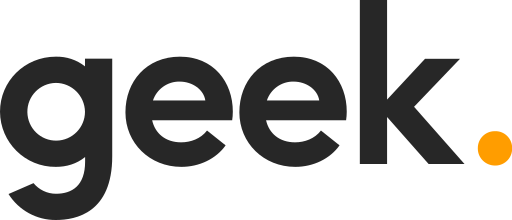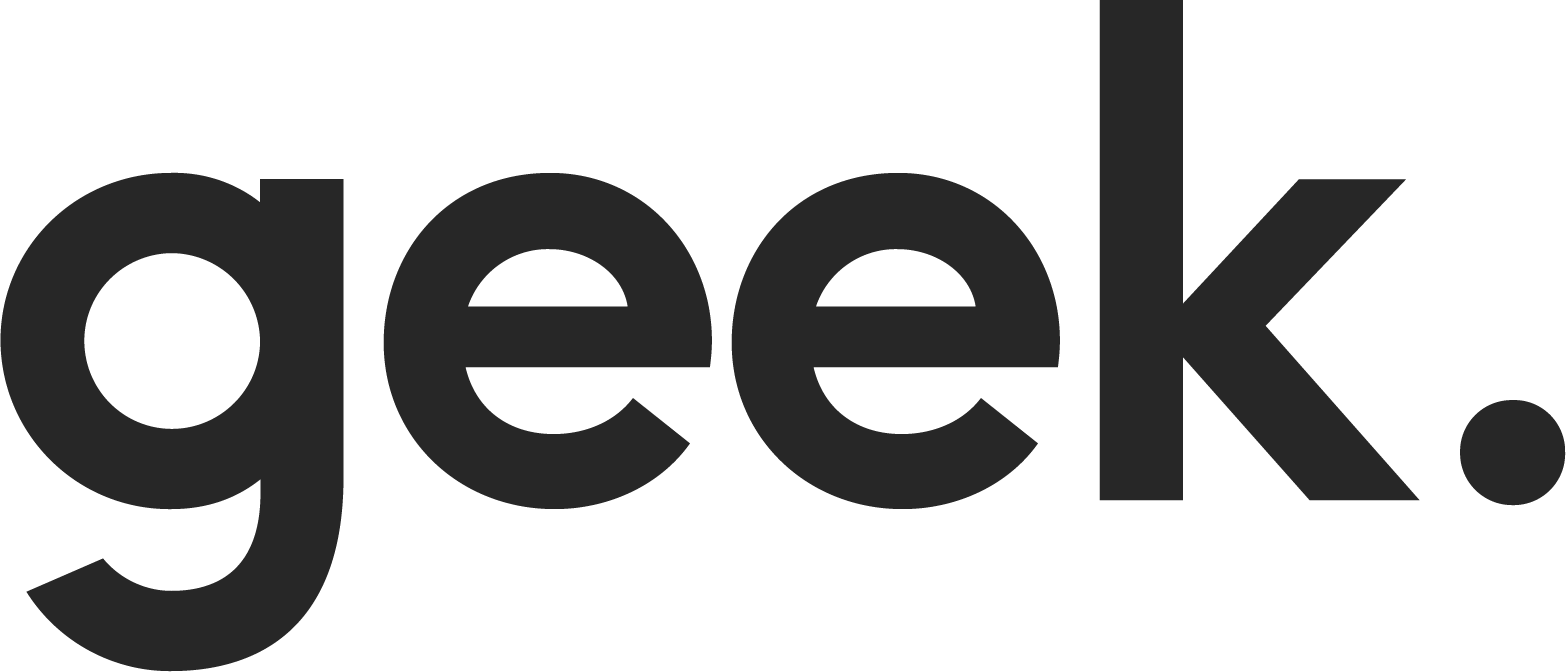The Future of SEO: Staying Ahead of the Game
Voice Search & Smart Devices “Hey, Google, where’s the nearest coffee shop?” Sound familiar? With the rise of smart speakers and virtual assistants, voice search is changing the SEO landscape. Optimising for conversational, long-tail keywords and understanding user intent will become even more vital.
Artificial Intelligence & SEO Search engines are getting smarter, thanks to Artificial Intelligence (AI). Google’s AI algorithm, RankBrain, is a prime example, constantly evolving to interpret search queries better. Staying updated with these technologies and understanding how they influence search will be a game-changer.
Video Content is King While written content is timeless, video content is rapidly gaining traction. Platforms like YouTube have made it essential for businesses to integrate video SEO into their strategies. The content includes optimising video titles, descriptions, and even transcriptions.
Core Web Vitals & User Experience Google has emphasised Core Web Vitals as a crucial ranking factor, signalling the importance of a seamless user experience. Factors like loading speed, interactivity, and visual stability will take centre stage.
Increased Focus on E-A-T (Expertise, Authoritativeness, Trustworthiness) With the overflow of information online, Google is prioritising content that demonstrates E-A-T. A search engine’s role is to provide a solution for every problem, so by ensuring the SEO content users receive is reliable and high-quality information.
More Personalisation In the future, search results might not just be about the most optimised website but the most relevant content to individual users. With data collection and analysis, expect more personalised search results tailored to user preferences and behaviour.
In conclusion, while the fundamentals of SEO remain, the tactics and strategies will evolve with technological advancements and user behaviour. Staying informed, adaptable, and forward-thinking is the key to staying ahead of the game. So, keep those SEO antennas up and ready for what’s next!
For one last time, Ladies and Gentlemen
- Search Engine Journal: Voice Search
- Backlinko: RankBrain Guide
- Backlinko: Video SEO Tips
- Google: Core Web Vitals
- Google: E-A-T and Search Quality Guidelines
- Forbes: SEO Personalisation

